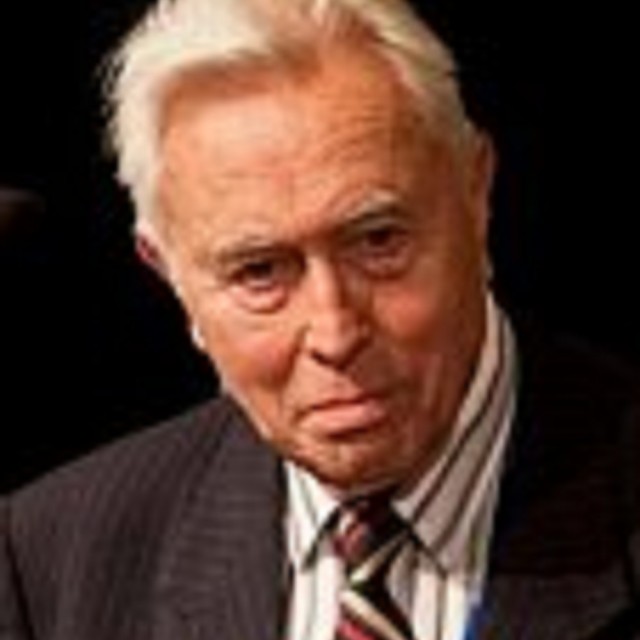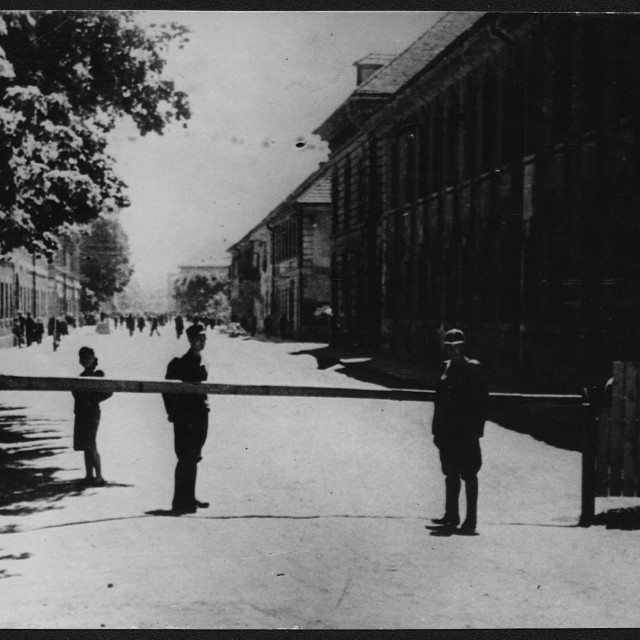Secret Hallway
On November 24, 1941, Felix Kolmer came to Terezín in the so-called Aufbaukommando. He was one of the first Jews imprisoned in Terezín. In that place he was repeatedly contacted by Doctor Bergmann. They talked a lot and he asked him about his opinions. Retrospectively Felix Kolner realized that he passed some kind entering exam and became a member of civil underground movement: “In that time I did not have any idea there are two of these movements. I did not even know our commander.” The supporters of the movement were divided into groups of three. Within the group they knew each other and because of the undercover one of them always knew somebody from another group. The alleged target of the whole movement was smuggling revolvers into the cap, but Felix Kolmer is not sure about it even today. “My task was to find a hallway leading out of Terezín. We knew there is a whole system of hallways under Terezín, built simultaneously with the fortress in 1780. The purpose of this complex was assuring an escape route from Terezín in case of encircling the building by the enemy armies. Approximately in a half of a year I really found the way leading out. We wanted to use the exit, but the SS men started to shoot.” Felix Kolmer used the way twice, but he always came back before the evening line-up and counting: “I was very young and did not think about what I might do at large, so I went to swim in the Elbe River.”
Hodnocení
Hodnotilo 0 lidí
Routes
Not a part of any route.
Comments
No comments yet.









